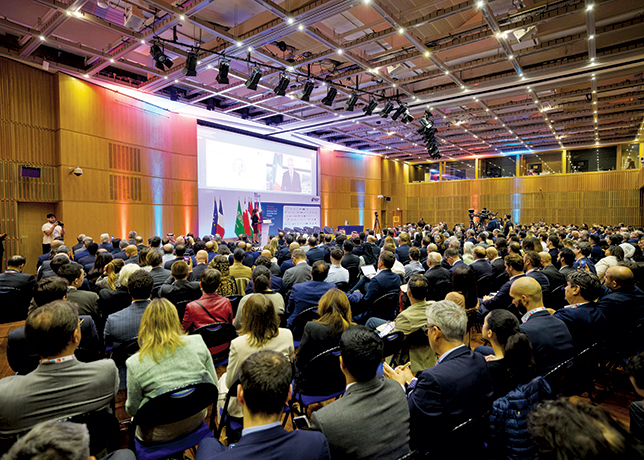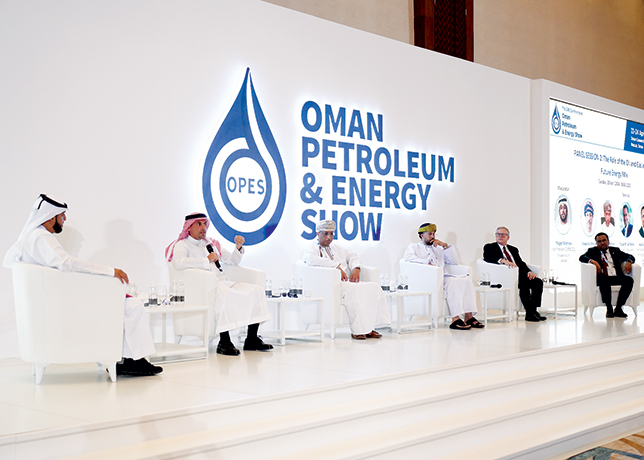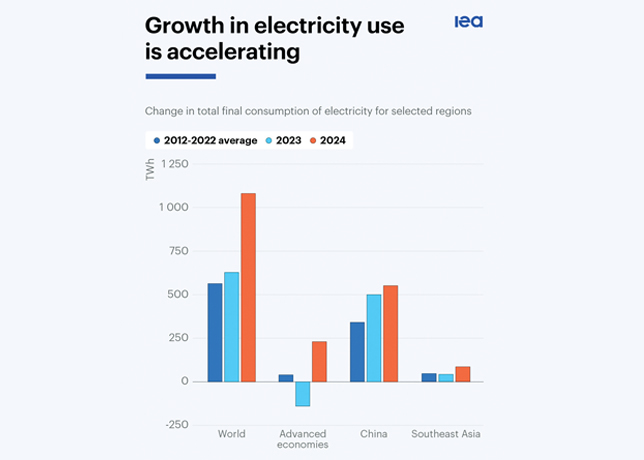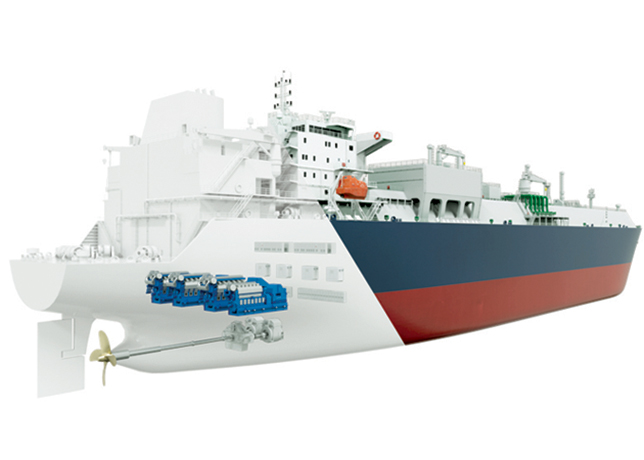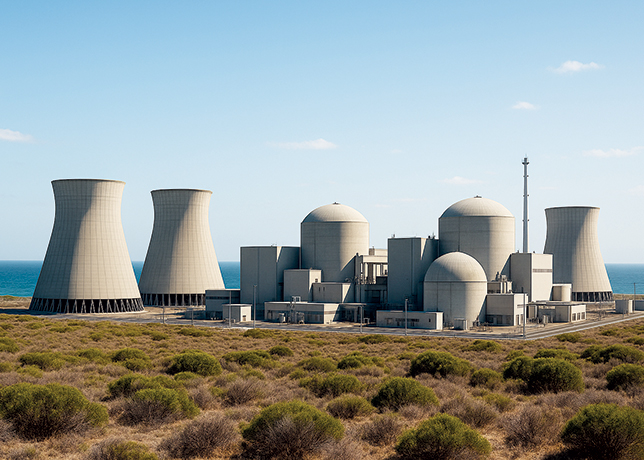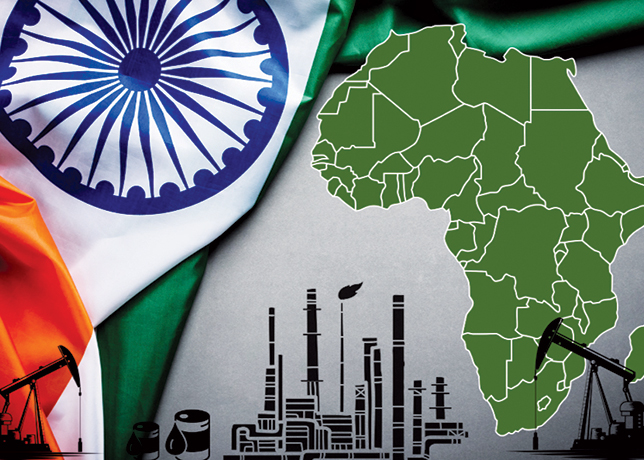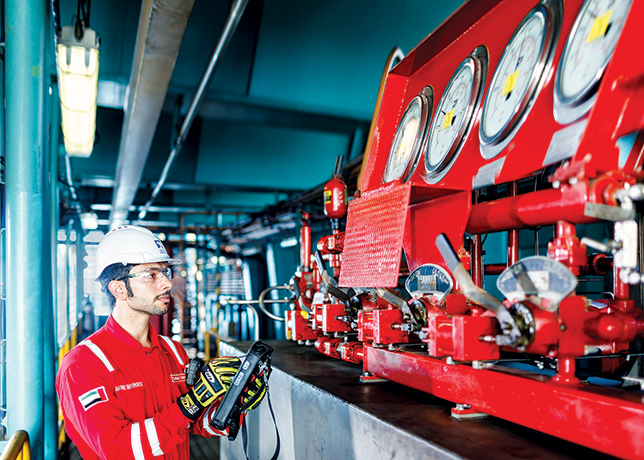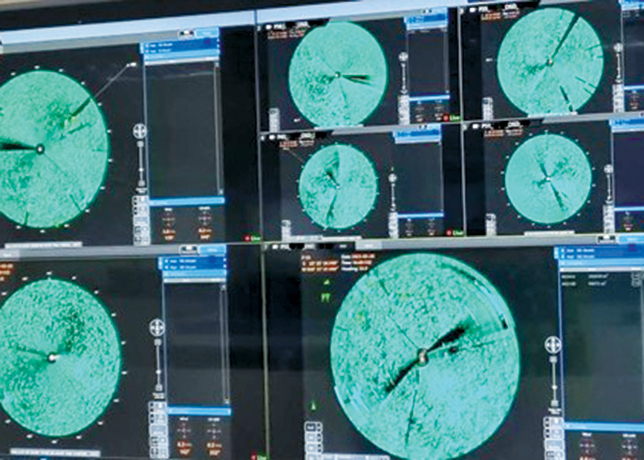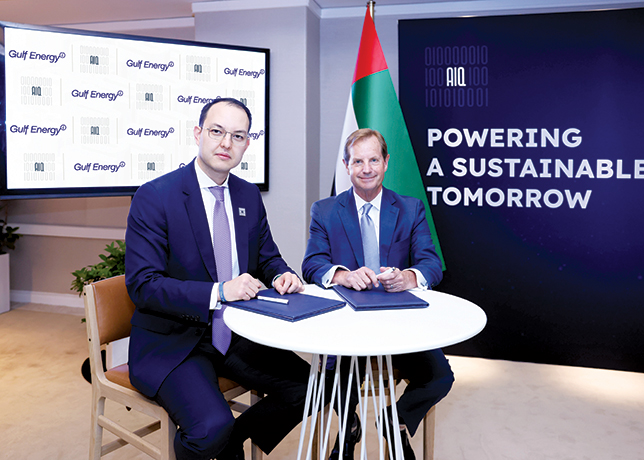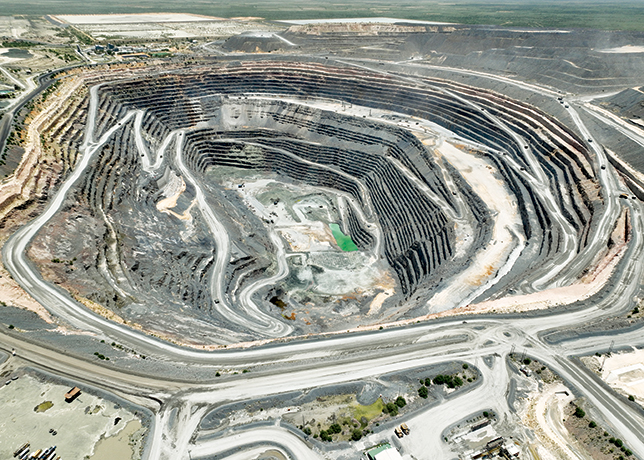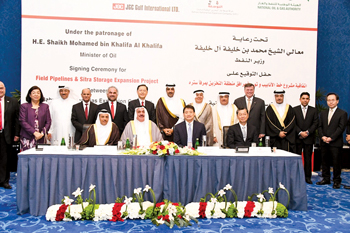
It’s around about now that liquefied natural gas (LNG) spot prices usually start rising in Asia ahead of winter demand, and this year looks set to hold to the pattern, although any relief for producers is likely to be short-lived.
While the LNG market is heading for structural oversupply next year, there are several short-term factors that have been supporting prices, and should continue to do so for a little while. Asian spot LNG prices have been trending higher in recent months since hitting $4 per million British thermal units (mmBtu) in April, the lowest since assessments started in 2010.The price rose to $6.10 per mmBtu September 30, up 52.5 per cent from the April low, but still less than a third of the peak of $20.50 hit in February 2014.
Even though LNG prices have been in a steep downtrend, they still exhibit seasonal behaviour. However, the size of these rallies have been diminishing as new LNG supply overwhelms the seasonal demand shifts. Nine liquefaction trains are expected to start up in 2016, adding 35 million tonnes (mt) of LNG to the market, with the additional capacity coming largely from new plants in Australia and the US. Australia is poised to become the world’s largest producer of LNG, drawing ahead of Qatar. Between 2016 and 2020, global LNG capacity is expected to rise by 50 per cent to 370 mt a year, and it is this expected run-up in supply that has been such a drag on prices.









